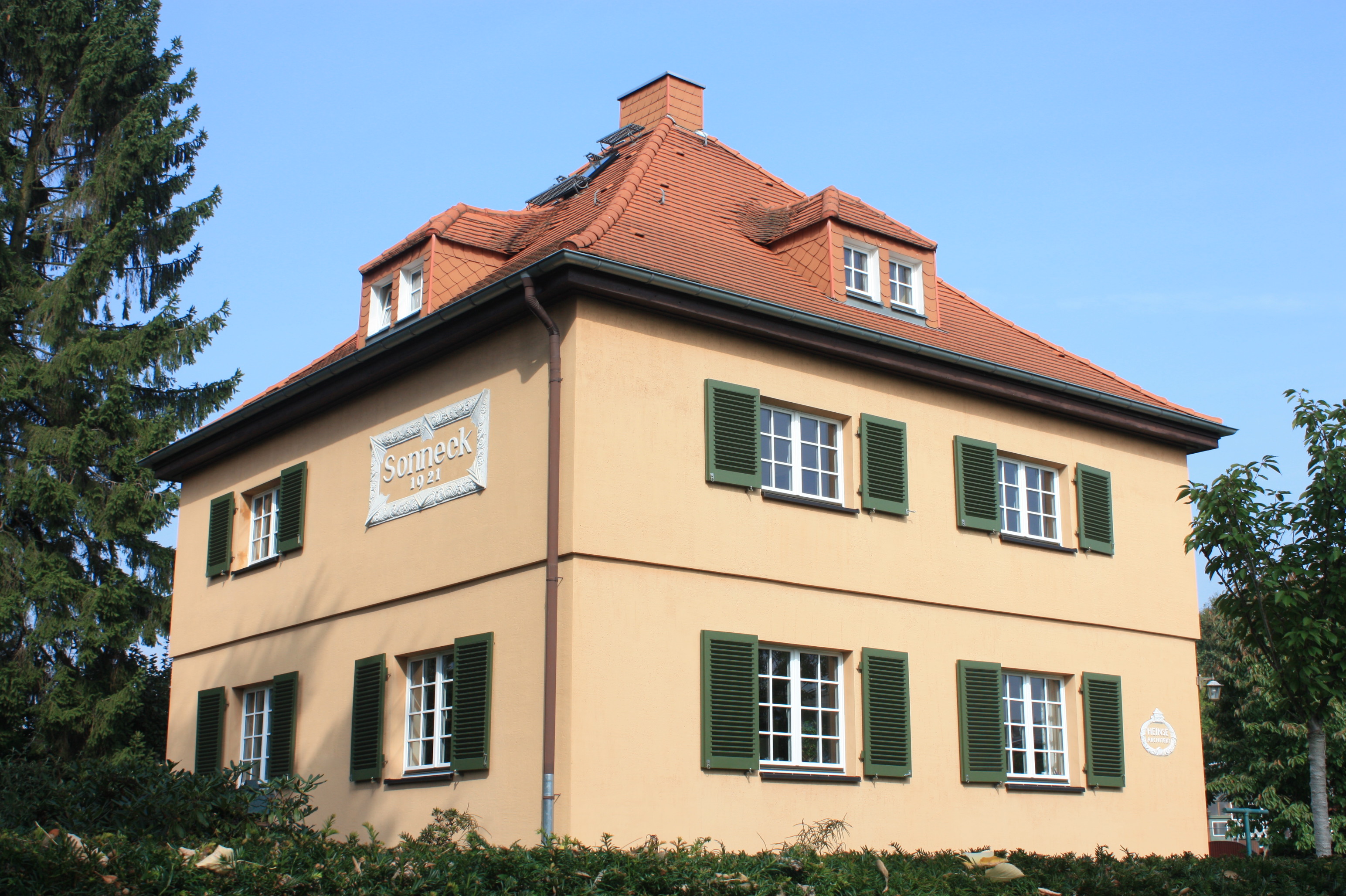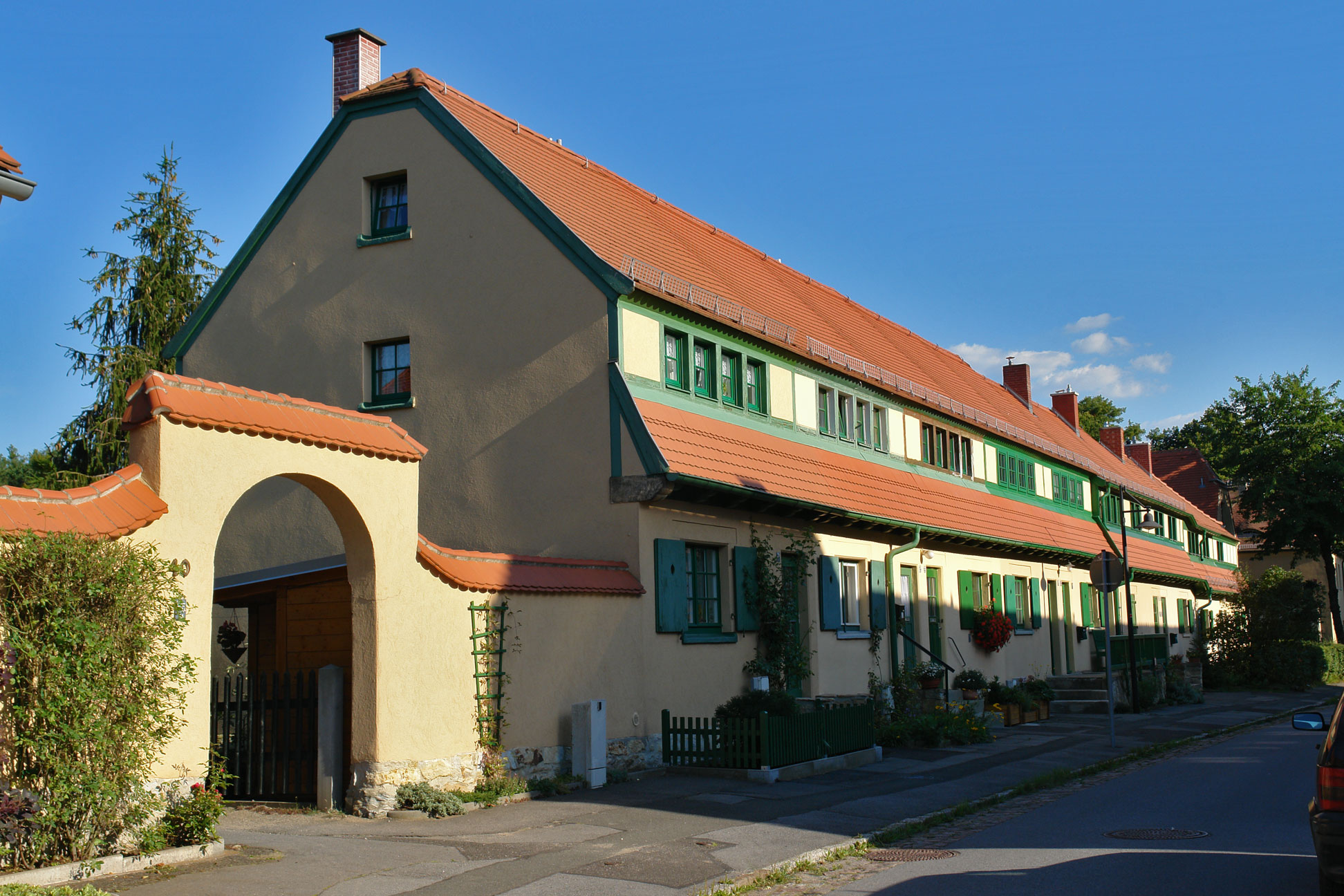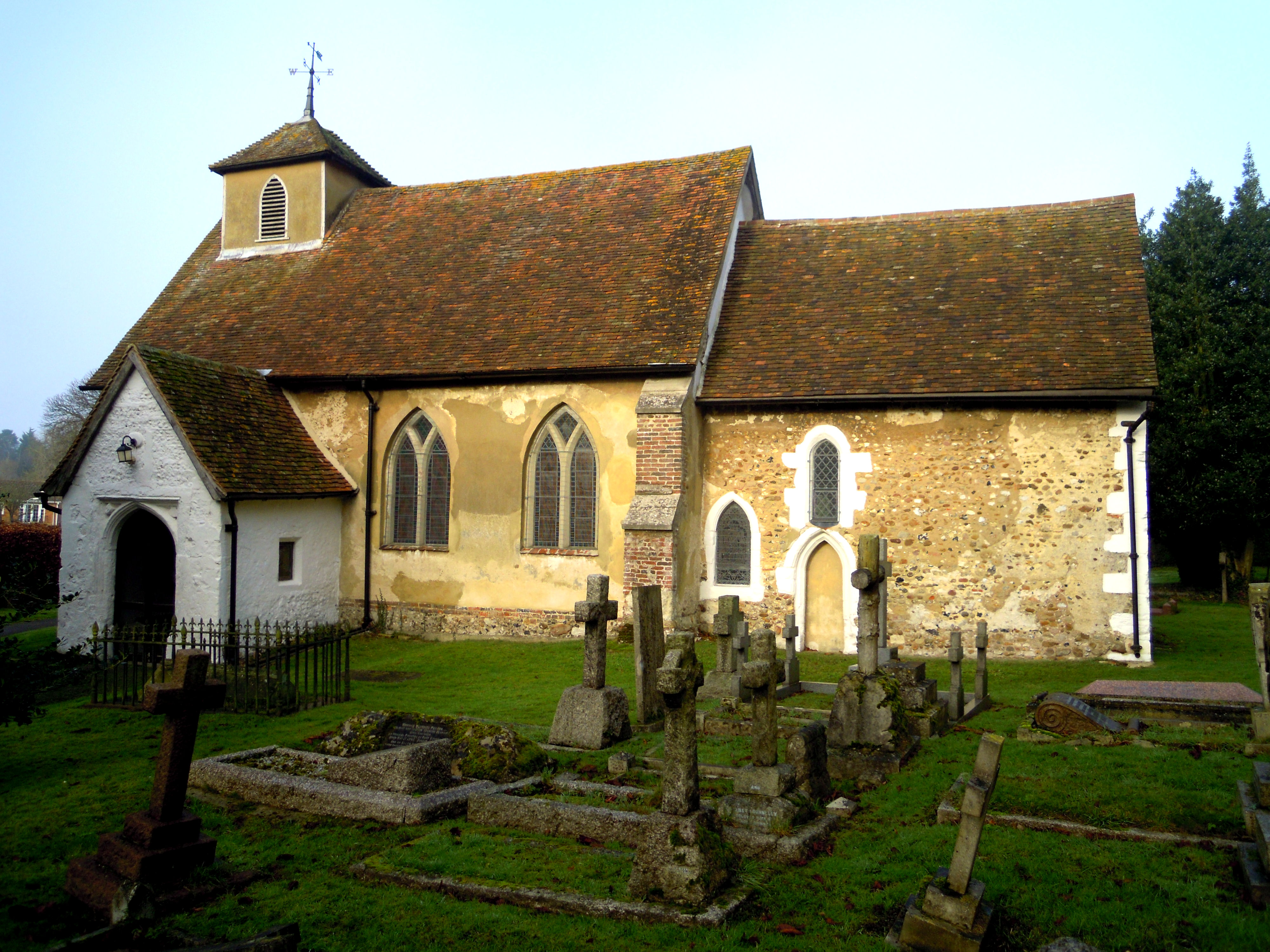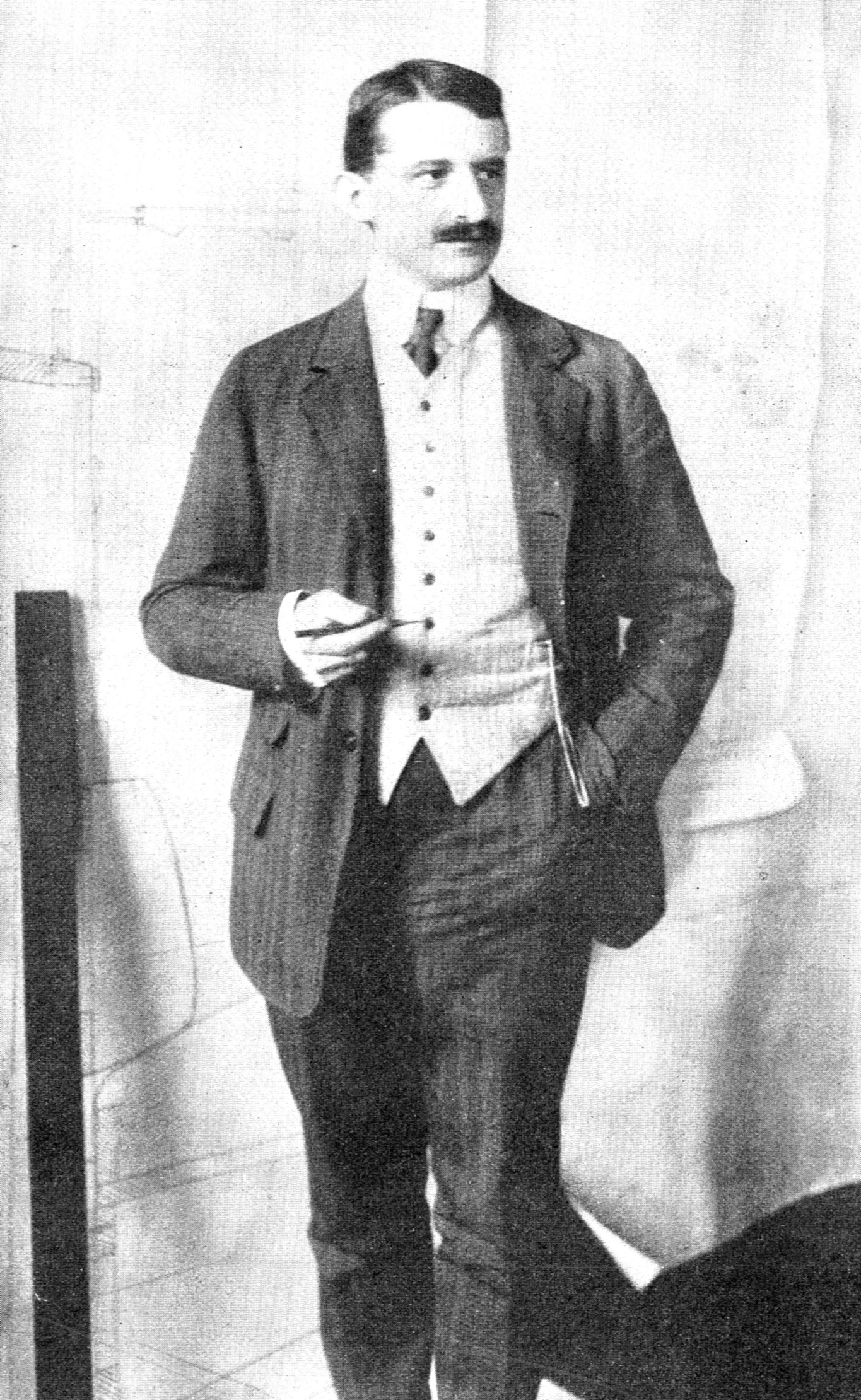|
Hellerau
Hellerau is a northern quarter ''(Stadtteil)'' in the city of Dresden, Germany, slightly south of Dresden Airport. It was the first garden city in Germany. The northern section of Hellerau absorbed the village of Klotzsche, where some 18th century buildings remain. Origins Based on the ideas of Ebenezer Howard, businessman Karl Schmidt-Hellerau founded Hellerau near Dresden in 1909. The idea was to create an organic, planned community. Several well-known architects participated in its construction, including Richard Riemerschmid, Heinrich Tessenow, Hermann Muthesius, Kurt Frick, Georg Metzendorf, Wilhelm Kreis and Bruno Paul. Whilst the concept of Hellerau builds on the first garden city, at Letchworth in the UK, it in turn went on to influence other similar developments elsewhere. Specifically, the Catalan architect Rafael Masó i Valentí visited Hellerau in 1912, and went on to build the garden community at S'Agaró on the Costa Brava in Spain. Hellerau attracted cul ... [...More Info...] [...Related Items...] OR: [Wikipedia] [Google] [Baidu] |
Richard Riemerschmid
Richard Riemerschmid (20 June 1868 – 13 April 1957) was a German architect, painter, designer and city planner from Munich. He was a major figure in ''Jugendstil'', the German form of Art Nouveau, and a founder of architecture in the style. A founder member of both the ''Vereinigte Werkstätte für Kunst im Handwerk'' (United Workshops for Art in Handcrafts) and the Deutscher Werkbund and the director of art and design institutions in Munich and Cologne, he prized craftsmanship but also pioneered machine production of artistically designed objects. Life and career Riemerschmid was born in Munich, the sixth of nine children of Eduard Riemerschmid, who headed the Munich distillery founded by his father Anton Riemerschmid,Winfried Nerdinger, ''Richard Riemerschmid, vom Jugendstil zum Werkbund: Werke und Dokumente. Eine Ausstellung der Architektursammlung der Technischen Universität München, des Münchner Stadtmuseums und des Germanischen Nationalmuseums Nürnberg'', Auss ... [...More Info...] [...Related Items...] OR: [Wikipedia] [Google] [Baidu] |
Dresden
Dresden (, ; Upper Saxon: ''Dräsdn''; wen, label= Upper Sorbian, Drježdźany) is the capital city of the German state of Saxony and its second most populous city, after Leipzig. It is the 12th most populous city of Germany, the fourth largest by area (after Berlin, Hamburg and Cologne), and the third most populous city in the area of former East Germany, after Berlin and Leipzig. Dresden's urban area comprises the towns of Freital, Pirna, Radebeul, Meissen, Coswig, Radeberg and Heidenau and has around 790,000 inhabitants. The Dresden metropolitan area has approximately 1.34 million inhabitants. Dresden is the second largest city on the River Elbe after Hamburg. Most of the city's population lives in the Elbe Valley, but a large, albeit very sparsely populated area of the city east of the Elbe lies in the West Lusatian Hill Country and Uplands (the westernmost part of the Sudetes) and thus in Lusatia. Many boroughs west of the Elbe lie in the foreland of the ... [...More Info...] [...Related Items...] OR: [Wikipedia] [Google] [Baidu] |
Festspielhaus Hellerau
Festspielhaus Hellerau (English: Hellerau Festival House or Hellerau Theatre) is a theatre/studio building/classroom building located in Hellerau, the famous garden city district of Dresden, Germany. Built in 1911, it was an important center for early modern theatre up until the rise of the Nazi party, World War II and afterward when the area became part of Communist-occupied East Germany. After the German reunification and the departure of the Red Army, efforts were begun to restore the building, then nearly in ruins, to its original grandeur. The theatre was reopened to the public in September 2006 and restoration is currently ongoing. Inception and early history, 1909–1939 Adolphe Appia, who was then working with Émile Jaques-Dalcroze, and who had been greatly influenced by his studies of Richard Wagner's music and ideas, designed the theater at Hellerau for Dalcroze's school. Brockett states that it was "the first theatre of modern times to be built without a proscenium a ... [...More Info...] [...Related Items...] OR: [Wikipedia] [Google] [Baidu] |
Summerhill School
Summerhill School is an independent (i.e. fee-paying) boarding school in Leiston, Suffolk, England. It was founded in 1921 by Alexander Sutherland Neill with the belief that the school should be made to fit the child, rather than the other way around. It is run as a democratic community; the running of the school is conducted in the school meetings, which anyone, staff or pupil, may attend, and at which everyone has an equal vote. These meetings serve as both a legislative and judicial body. Members of the community are free to do as they please, so long as their actions do not cause any harm to others, according to Neill's principle "Freedom, not Licence." This extends to the freedom for pupils to choose which lessons, if any, they attend. It is an example of both democratic education and alternative education. History In 1920, A.S. Neill started to search for premises in which to found a new school which he could run according to his educational principle of giving freedom ... [...More Info...] [...Related Items...] OR: [Wikipedia] [Google] [Baidu] |
Karl Schmidt-Hellerau
Karl Camillo Schmidt-Hellerau (1 February 1873 – 6 November 1948) was a German carpenter, furniture manufacturer and social reformer. He was born in Zschopau, and is notable as the founder of Hellerau Hellerau is a northern quarter ''(Stadtteil)'' in the city of Dresden, Germany, slightly south of Dresden Airport. It was the first garden city in Germany. The northern section of Hellerau absorbed the village of Klotzsche, where some 18th cent ..., Germany's first garden city, where he died. 1873 births 1948 deaths People from Zschopau German furniture makers German carpenters German social reformers {{Germany-business-bio-stub ... [...More Info...] [...Related Items...] OR: [Wikipedia] [Google] [Baidu] |
Heinrich Tessenow
Heinrich Tessenow (7 April 1876 – 1 November 1950) was a German architect, professor, and urban planner active in the Weimar era. Biography Tessenow is considered together with Hans Poelzig, Bruno Taut, Peter Behrens, Fritz Höger, Ernst May, Erich Mendelsohn, Walter Gropius and Mies van der Rohe as one of the most important personalities of the architectural German ''panorama'' during the time of the Weimar Republic. He was born in Rostock, Mecklenburg-Schwerin. His father was a carpenter, and he studied as an apprentice before studying architecture in a building trade school in Leipzig and at the Technical University of Munich, where he later taught. Tessenow and fellow architects Hermann Muthesius and Richard Riemerschmid are credited with the 1908 Gartenstadt Hellerau, near Dresden, a housing project that was the first tangible result of the influence of the English garden city movement in Germany. This particular strain of humane, functionalist urban planning would ... [...More Info...] [...Related Items...] OR: [Wikipedia] [Google] [Baidu] |
Émile Jaques-Dalcroze
Émile Jaques-Dalcroze (6 July 1865 – 1 July 1950) was a Swiss composer, musician, and music educator who developed Dalcroze eurhythmics, an approach to learning and experiencing music through movement. Dalcroze eurhythmics influenced Carl Orff's pedagogy, used in music education throughout the United States. Dalcroze's method teaches musical concepts, often through movement. The variety of movement analogues used for musical concepts develop an integrated and natural musical expression in the student. Turning the body into a well-tuned musical instrument—Dalcroze felt—was the best path for generating a solid, vibrant musical foundation. The Dalcroze method consists of three equally important elements: eurhythmics, solfège, and improvisation. Together, according to Dalcroze, they comprise the essential training of a complete musician. In an ideal approach, elements from each subject coalesce, resulting in an approach to teaching rooted in creativity and movement. Dalcro ... [...More Info...] [...Related Items...] OR: [Wikipedia] [Google] [Baidu] |
Letchworth
Letchworth Garden City, commonly known as Letchworth, is a town in the North Hertfordshire district of Hertfordshire, England. It is noted for being the first garden city. The population at the time of the 2011 census was 33,249. Letchworth was an ancient parish, appearing in the Domesday Book of 1086. It remained a small rural village until the start of the twentieth century. The development of the modern town began in 1903, when much of the land in Letchworth and the neighbouring parishes of Willian and Norton was purchased by a company called First Garden City Limited, founded by Ebenezer Howard and his supporters with the aim of building the first "garden city", following the principles Howard had set out in his 1898 book, ''To-morrow: A Peaceful Path to Real Reform''. Their aim was to create a new type of settlement which provided jobs, services, and good housing for residents, whilst retaining the environmental quality of the countryside, in contrast to most industria ... [...More Info...] [...Related Items...] OR: [Wikipedia] [Google] [Baidu] |
Bruno Paul
Bruno Paul (19 January 1874 – 17 August 1968) was a German architect, illustrator, interior designer, and furniture designer. Trained as a painter in the royal academy just as the Munich Secession developed against academic art, he first came to prominence as a cartoonist and illustrator in the German ''fin de siècle'' magazine ''Jugend'', and in the satirical ''Simplicissimus'' from 1897 through 1906, in the years where its criticism of Wilhelm II brought prosecutions from the government. By 1907 Paul became one of the founding members of the Deutscher Werkbund, and had launched multiple careers in industrial design, interior design (notably, for Norddeutscher Lloyd's ocean liners), furniture design, and architecture. His work of the time reflects a historic stylistic transition from the curved shapes and floral imagery of Jugendstil to simpler forms, straighter lines, and an adaptation to machine production methods. By 1907 Paul had also been appointed Director of the ... [...More Info...] [...Related Items...] OR: [Wikipedia] [Google] [Baidu] |
S'Agaró
s'Agaró () is an upmarket resort on the Costa Brava between Sant Feliu de Guíxols and Platja d'Aro. It is part of the municipality of Castell-Platja d'Aro, itself in the comarca of Baix Empordà and province of Girona in Catalonia, Spain. The resort was developed from the early 1920s on the peninsular between the beaches of and Platja de Sa Conca. To date, the promontory contains about 60 exclusive houses and hotels. The world famous five star dominates the view from Sant Pol beach. The original development has been declared as a historical complex and protected as a cultural asset of national interest since 1995. The GR 92 long distance footpath, which runs the length of the Mediterranean coast of Spain, uses the historic ''camí de ronda'' that follows s'Agaró's coastline. The ''cami de ronda'' was rebuilt as part of the development, creating a walk in a semi-artificial landscape between sea, rocks and pines that integrates the urbanization with nature. To the north, ... [...More Info...] [...Related Items...] OR: [Wikipedia] [Google] [Baidu] |
Hermann Muthesius
Adam Gottlieb Hermann Muthesius (20 April 1861 – 29 October 1927), known as Hermann Muthesius, was a German architect, author and diplomat, perhaps best known for promoting many of the ideas of the English Arts and Crafts movement within Germany and for his subsequent influence on early pioneers of German architectural modernism such as the Bauhaus. Early life Muthesius was born in 1861 in the village of Großneuhausen near Erfurt and received early training from his father, who was a builder. After a period of military service and two years studying philosophy and art history at Frederick William University in Berlin, he enrolled to study architecture at Charlottenburg Technical College in 1883, while also working in the office of Reichstag architect Paul Wallot. Early career Following completion of his studies, Muthesius spent 1887 to 1891 working for German construction firm Ende & Böckmann in Tokyo. [...More Info...] [...Related Items...] OR: [Wikipedia] [Google] [Baidu] |
Mary Wigman
Mary Wigman (born Karoline Sophie Marie Wiegmann; 13 November 1886 – 18 September 1973) was a German dancer and choreographer, notable as the pioneer of expressionist dance, dance therapy, and movement training without pointe shoes. She is considered one of the most important figures in the history of modern dance. She became one of the most iconic figures of Weimar German culture and her work was hailed for bringing the deepest of existential experiences to the stage. Early life Karoline Sophie Marie Wiegmann was born in Hanover, Province of Hanover in the Kingdom of Prussia. Wiegmann was the daughter of a bicycle dealer. Already as a child she was called Mary, "because the Hanoverians were once kings of England and the House of Welf pride never quite got over the decline of the Kingdom of Hanover to a Prussian province. Development of expressionist dance, early career Wigman spent her youth in Hanover, England, the Netherlands and Lausanne. Wigman came to dance comparative ... [...More Info...] [...Related Items...] OR: [Wikipedia] [Google] [Baidu] |



_(14594697727).jpg)





